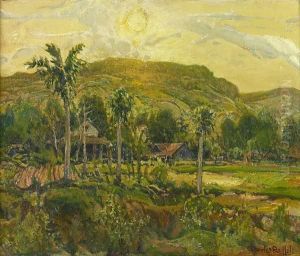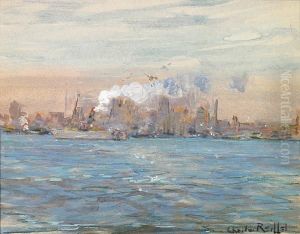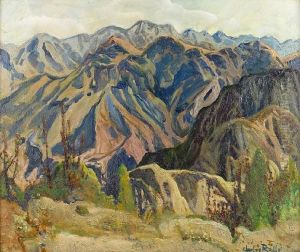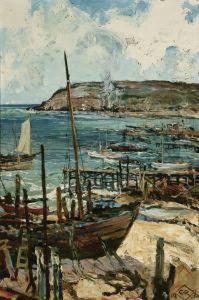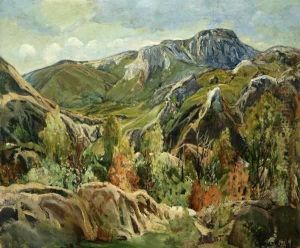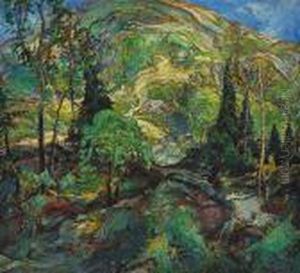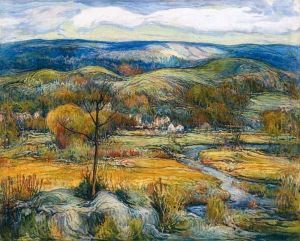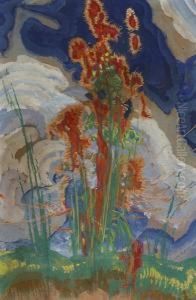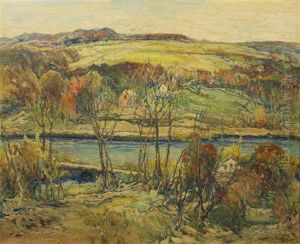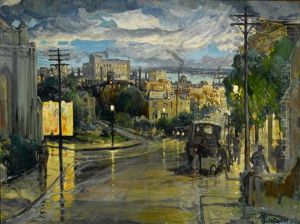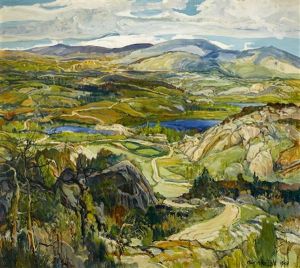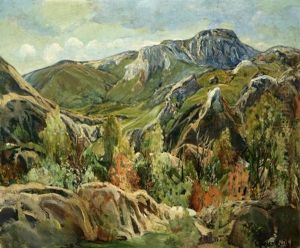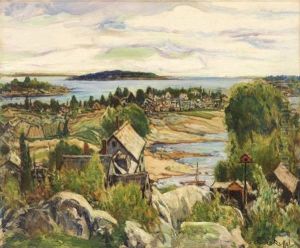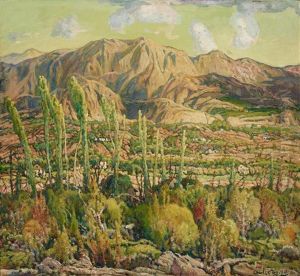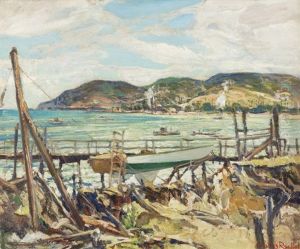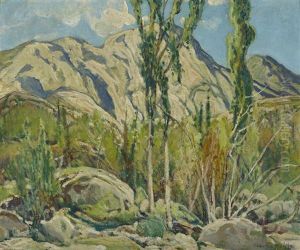Charles Reiffel Paintings
Charles Reiffel was an American painter known for his contributions to the Impressionist and Post-Impressionist movements, particularly within the California art scene. Born on November 9, 1862, in Indianapolis, Indiana, he showed an early interest in art but initially pursued a career in business. In the 1890s, Reiffel moved to Europe to seriously engage with painting. He studied in Germany and later in Paris, where he was influenced by the burgeoning artistic movements of the time.
Reiffel's work was characterized by his bold use of color and vigorous brushwork, which reflected the influence of European Impressionism and later, Post-Impressionism. He particularly admired the works of Vincent van Gogh and Paul Cézanne, which is evident in his textured landscapes and vibrant color palettes.
During World War I, Reiffel returned to the United States and eventually settled in San Diego, California, in the 1920s. His depictions of the Southern California landscape contributed to the development of a unique West Coast style of Impressionism. The region's bright light and distinct topography were well suited to his expressive color schemes and dynamic compositions.
Reiffel became a prominent figure in the San Diego art community and was a member of the local art guild. He exhibited his work widely and received numerous awards, including a silver medal at the Panama-California Exposition in 1915. Despite his success, he remained dedicated to his craft rather than self-promotion.
Charles Reiffel's legacy is that of an artist who bridged the gap between European modernism and American art. He is considered a pivotal figure in the California Plein-Air painting school, which emphasized painting outdoors to capture the immediacy of the light and atmosphere. Reiffel passed away on March 14, 1942, in San Diego, but his work continues to be celebrated for its contribution to American Impressionism and its influence on later generations of Californian artists.





